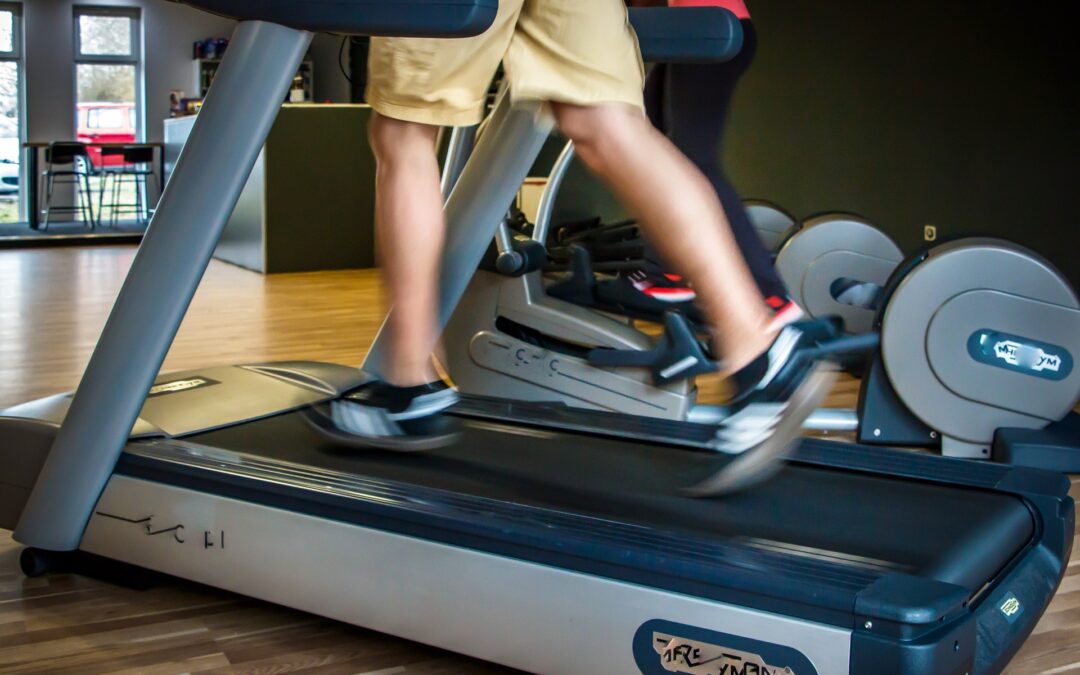Do Physical Interventions Improve Outcomes Following Concussion: A Systematic Review and Meta-Analysis?
Reid SA, Farbenblum J, McLeod S. Do physical interventions improve outcomes following concussion: a systematic review and meta-analysis? Br J Sports Med. 2021. doi:10.1136/bjsports-2020-103470. Online ahead of print.
Full Article Freely Available
Take-Home Message
Submaximal aerobic exercise may improve concussion symptoms but not the return-to-activity timeline. Individualized interventions with cervical, vestibular, or ocular training may be beneficial for people with persistent symptoms.
Background
Early concussion management protocols often include physical and cognitive rest. However, new evidence suggests that low-intensity physical activities may improve symptoms and the return-to-activity timeline.
Study Goal
In this systematic review, researchers evaluated 12 randomized controlled trials to determine how submaximal aerobic exercise, cervical therapy, or vestibular-oculomotor therapy affected health outcomes in ~650 people (12 to 54 years of age) with acute or persistent concussion symptoms. The authors also appraised the effect of individualized, multimodal therapies within the same patient population.
Methods
The authors conducted a database search to identify trials that assessed the effects of physical interventions on acute or persistent concussion symptoms and return-to-activity. They only conducted a meta-analysis when two or more trials could be grouped by either type of intervention or outcome measures.
Results
Seven of the 12 trials had “good”-“excellent” methodological quality on the PEDro scale (4 ranked “fair” and 1 “poor”). In 7 trials, the authors reported on submaximal aerobic exercise. Furthermore, 3 trials involved individualized multimodal therapy, one trial examined cervical therapy, and one trial involved vestibular therapy. In people with acute concussion symptoms, submaximal aerobic activity did not worsen nor improve the return-to-activity timeline compared to a control group. However, submaximal exercise improved symptom scores with small to moderate effect sizes for persistent and acute symptoms, respectively. Stand-alone cervical and vestibular therapy failed to offer clinically significant changes in patient-reported symptoms. In people with persistent symptoms, individualized multimodal therapy resulted in resolution of symptoms and return-to-activity 2 to 4 times faster than the control group.
Viewpoints
In short, submaximal aerobic exercise and individualized, multimodal therapy may promote concussion symptom recovery but not time to return to activity. Although aerobic exercise requires minimal clinical adaptation, individualized therapy may require additional training and collaboration with other medical professionals. Furthermore, we should be cautious interpreting this systematic review because the small number of trials and limited number of people in each trial may lead to biased results. Nonetheless, these interventions can improve a patient’s quality of life and should be discussed with a patient regardless of the limited evidence or lack of an improved return-to-activity timeline. This updated systematic review adds to the growing body of evidence that physical interventions benefit concussion recovery.
Clinical Implications
Clinicians should consider submaximal aerobic exercise during the acute and chronic stages of a concussion to promote symptom reduction. Furthermore, clinicians should collaborate with specialists to develop individualized, multimodal interventions to decrease symptoms.
Questions for Discussion
What, if any, physical interventions have you had success with during concussion rehabilitation? How have these interventions helped your patients? Are there any interventions that you have used that were not discussed in this review?
Related Posts
- What Could Happen During a Split Second? Slowed Reaction Time in Individuals with a Concussion
- Proposed Answer to Most Common Concussion Question: How many Days Until I Can Play?
- Walking Speed Impacted Up to 2 Months Post Sports Concussion
Written by: Cade Watts & Kim Pritchard (Faculty Advisor)
Reviewed by: Jeffrey Driban


